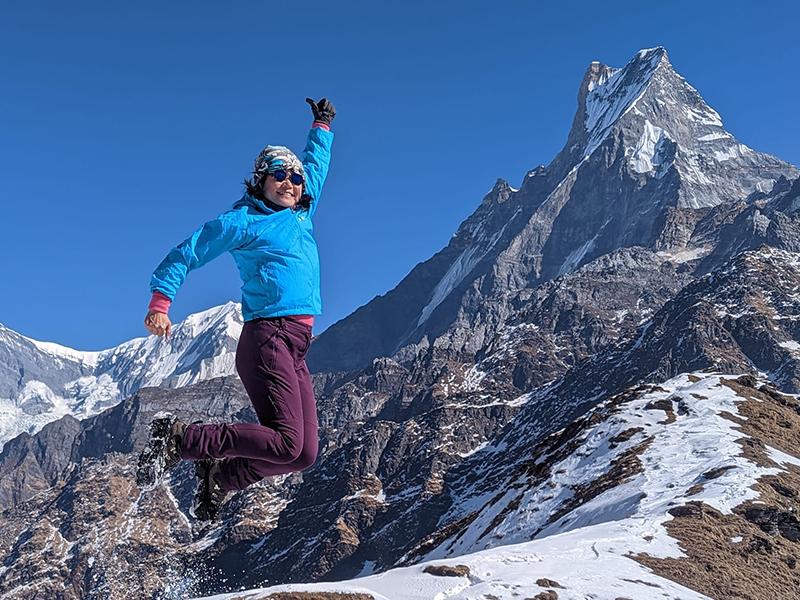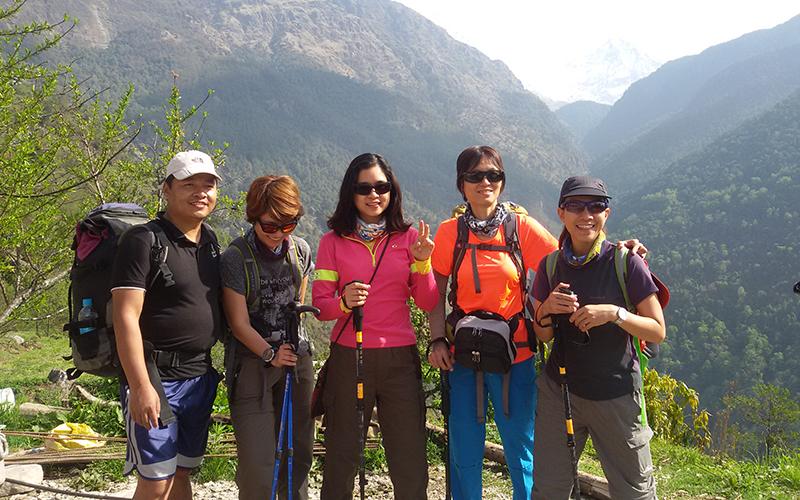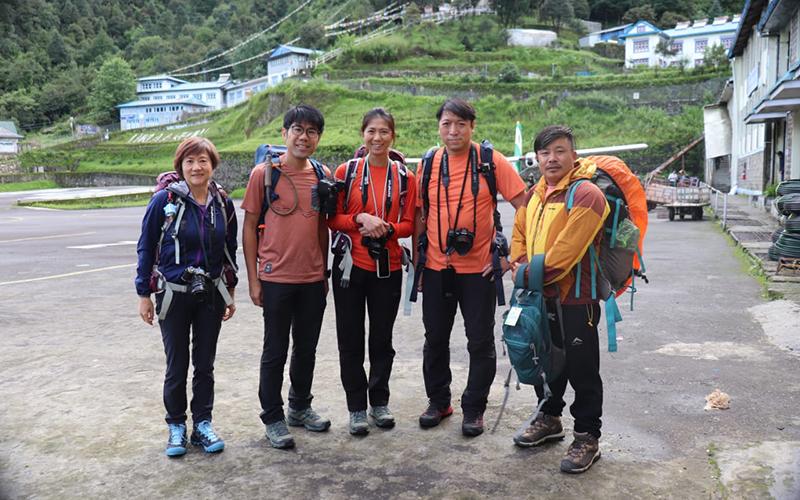Annapurna Circuit Trek Guide

The Annapurna Circuit Trek: Tips and Tricks for a Safe and Memorable Experience
The Annapurna Circuit Trek is a bucket-list adventure for many hikers and outdoor enthusiasts. This iconic trek in Nepal is known for its stunning scenery, challenging terrain, and incredible cultural experiences. However, it’s important to be well-prepared to ensure a safe and memorable experience. As a highly skilled assistant with a passion for travel and adventure, I’ve compiled some essential tips and tricks to help you make the most of your trek. From choosing the right gear to acclimatizing to the altitude, my guide will provide you with the knowledge and insight you need to tackle this incredible trek with confidence and ease. So, whether you’re a seasoned hiker or a first-time trekker, get ready to embark on an unforgettable journey through the stunning landscapes of the Annapurna Circuit.

Best time to go on the Annapurna Circuit Trek
The best time to go on the Annapurna Circuit Trek is from September to November and from March to May. These months offer the best weather conditions with clear skies, moderate temperatures, and less chance of rainfall. The views of the mountains are also spectacular during these months as the skies are generally clear.
However, it is important to note that these months are also the busiest times on the trek. The trails can get crowded, and the teahouses can get fully booked. If you prefer a quieter and more peaceful trek, you may consider going during the off-season months from December to February and from June to August. However, be prepared for colder temperatures and the possibility of snow and rain.
Physical preparation for the trek
The Annapurna Circuit Trek is a strenuous trek that requires a good level of fitness and preparation. It is recommended that you start preparing at least 2-3 months before the trek. You should focus on building your endurance, strength, and cardiovascular fitness.
It is recommended that you do a combination of cardio, strength, and flexibility training. Cardio exercises like running, cycling, and swimming will help you build your cardiovascular endurance. Strength training exercises like squats, lunges, and push-ups will help you build your leg strength, which is essential for the trek. Flexibility exercises like yoga and stretching will help you improve your flexibility, prevent injuries, and aid in recovery.
Required permits and fees
Before embarking on the Annapurna Circuit Trek, you will need to obtain the required permits and pay the necessary fees. You will need the following permits:
– Annapurna Conservation Area Permit (ACAP)
– Trekker’s Information Management System (TIMS) card
You can obtain these permits and cards from the Nepal Tourism Board or from the ACAP office in Kathmandu or Pokhara. The fees for these permits vary depending on the season and nationality.
Accommodation and food options
The Annapurna Circuit Trek offers a range of accommodation options, from basic teahouses to luxury lodges. The teahouses are simple and basic, with shared rooms and bathrooms. The lodges are more comfortable and offer private rooms and bathrooms. However, the prices of the lodges are higher than the teahouses.
The food options on the trek are also varied. You can find local Nepali cuisine as well as Western dishes like pizza, pasta, and burgers. It is recommended that you stick to the local cuisine as it is fresher and more authentic. You should also carry some snacks and energy bars for the trek.
Safety Tips for the Annapurna Circuit Trek
The Annapurna Circuit Trek is a challenging trek that requires proper planning and preparation. Here are some safety tips to keep in mind:
– Acclimatize properly to avoid altitude sickness
– Carry enough water and stay hydrated
– Dress in layers to stay warm and protect yourself from the sun
– Carry a first-aid kit and essential medications
– Follow the instructions of your guide and do not trek alone
– Be aware of your surroundings and do not take unnecessary risks
What to pack for the trek
Packing for the Annapurna Circuit Trek can be tricky as you need to carry everything you need on your back. Here are some essentials that you should pack:
– Trekking shoes
– Warm clothes, including a down jacket and a fleece jacket
– Rain gear, including a raincoat and rainpants
– Sleeping bag and liner
– Backpack
– Water bottles and water purification tablets
– Headlamp and extra batteries
– Sunscreen and sunglasses
– Camera and extra batteries
Best photo spots on the Annapurna Circuit Trek
The Annapurna Circuit Trek offers some of the most breathtaking views of the Himalayas. Here are some of the best photo spots on the trek:
– Thorong La Pass
– Muktinath Temple
– Poon Hill
– Tilicho Lake
– Dhaulagiri Icefall
Cultural experiences on the trek
The Annapurna Circuit Trek offers a unique opportunity to experience the rich culture and traditions of the people of the Annapurna region. Here are some cultural experiences that you should not miss:
– Visit the Gurung and Thakali villages and interact with the locals
– Visit the ancient monasteries and temples
– Attend a local cultural show and dance performance
– Taste the local cuisine and learn to cook Nepali dishes







